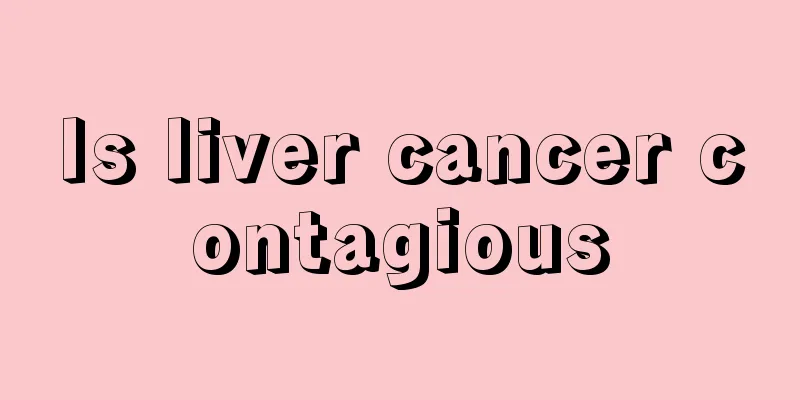Can glomerular damage be repaired?

|
Many patients with kidney disease suffer from damaged glomeruli, which can lead to renal failure. The kidney's working capacity gradually decreases, and more and more toxins accumulate in the kidneys. The key to treating kidney disease is to improve the injured glomeruli, so this is a slow process that requires long-term dietary cooperation. So, can glomerular damage be repaired? Creatinine is mainly a metabolite of creatine in the body. Since serum creatinine concentration is affected by the muscle volume in the body, there are large individual differences in serum creatinine levels. For example, young and middle-aged men, athletes, manual laborers, those with well-developed muscles and large muscle mass, or those who eat a lot of lean meat have relatively high serum creatinine concentrations. Serum creatinine is closely related to the total amount of muscle in the body and is not easily affected by diet. Creatinine is a small molecule that can be filtered through the glomerulus and is rarely absorbed in the renal tubules. Almost all of the creatinine produced in the body daily is excreted in the urine and is generally not affected by urine volume. After the urine volume recovers, creatinine will also return to normal, which is common in the oliguria stage of acute nephritis. The increase in creatinine caused by chronic nephritis is mostly due to the loss of function of glomerulosclerosis. Taking medicine to lower creatinine by dozens of points will not be of much significance if the inflammation still exists. Glomeruli cannot regenerate, and when one breaks down, one is missing. Completely sclerotic glomeruli have no function of secreting urine. Partially damaged glomeruli can retain some function if immune complexes are no longer deposited. Therefore, the goal of treatment is mainly to interrupt the progression of kidney disease in order to preserve the remaining kidney function and maintain a normal life. Unless the increase in creatinine is caused by oliguria, creatinine will return to normal after the urine volume is restored, which is generally common in the oliguria stage of acute nephritis. The increase in creatinine caused by chronic nephritis is mostly due to the loss of function of glomerulosclerosis. Taking medicine to lower creatinine by dozens of points will not be of much significance if the inflammation still exists. Glomeruli cannot regenerate, and when one breaks down, one is missing. Completely sclerotic glomeruli have no function of secreting urine. Partially damaged glomeruli can retain some function if immune complexes are no longer deposited. Therefore, the goal of treatment is mainly to interrupt the progression of kidney disease in order to preserve the remaining kidney function and maintain a normal life. |
<<: How long can you live after intestinal perforation surgery
>>: Why does your face turn yellow if you wash it with calendula water for a long time?
Recommend
Things to note when doing gum repair surgery
Teeth are very important to us. No matter who we ...
What to do if pancreatic cancer causes recurrent fever
Diseases with the word "cancer" in thei...
Leucorrhea and chlamydia tests or something
Chlamydia can cause urinary and reproductive syst...
How much do you know about the causes of accelerated heartbeat and panic?
In our daily lives, we often experience rapid hea...
What should I do if I have blackheads on my ears
If you have blackheads in your ears, you should p...
Can moxibustion to warm the uterus be done every day?
Moxibustion is a fitness method used by many peop...
What's wrong with my chest tightness after a breakup?
Breaking up is a sad thing. Some people are in de...
What can you eat in summer to nourish your kidneys?
Traditional Chinese medicine believes that the ki...
What are the symptoms of advanced liver cancer metastasis? 6 symptoms of advanced liver cancer metastasis
Many patients are already in the late stage of li...
What is the best way to check for kidney cysts?
Kidney health has always been a goal that we need...
Can thyroid cancer be prevented
Can thyroid cancer be prevented? In life, thyroid...
Immunotherapy helps esophageal cancer patients recover
"Doctor, you must save my grandma! My grandm...
I have had stomach pain and diarrhea for several days in a row
Abdominal pain is very common in clinical practic...
What are the symptoms of chronic tracheitis
Chronic bronchitis causes great pain to many pati...
Which part is the cardia?
Many people do not know where the cardia is in th...









